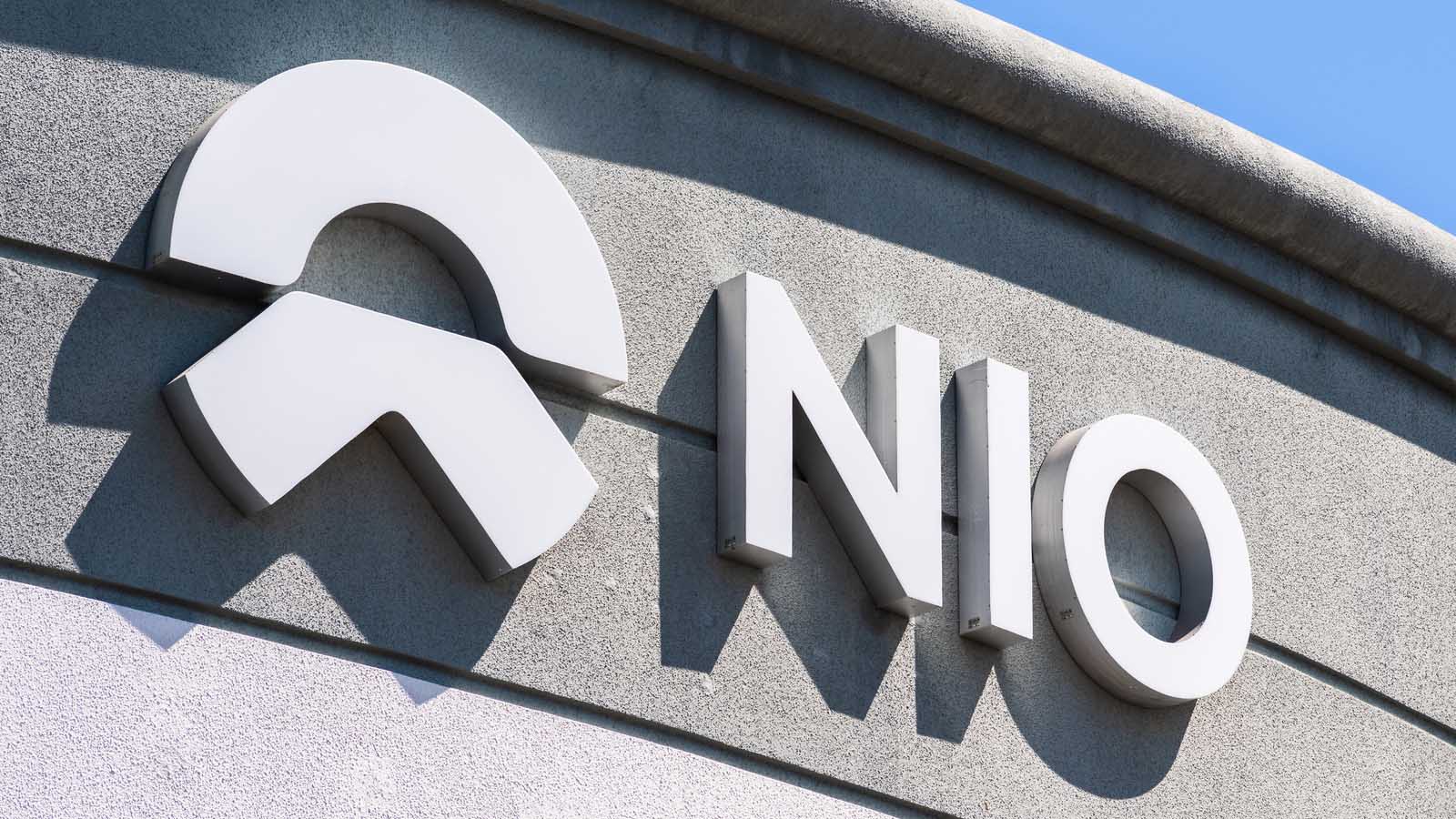Is the wild ride over for Nio (NYSE:NIO)? The Chinese electric vehicle (EV) maker’s shares have gone parabolic not once, but twice so far this year.

First, shares zoomed from low single-digits to high single-digits in early summer, as the “EV bubble” came into motion. Then, strong July delivery numbers propelled shares again, to prices as high as $21.05 per share.
As the EV bubble loses steam, are shares headed for a correction? It’s possible. Despite strong prospects, that’s no guarantee this winner can keep on winning.
How so? Firstly, valuation. With its market capitalization topping around $25 billion, much of the company’s potential to dominate the Chinese EV market is already priced into shares. So far this year, this hasn’t mattered much, as growth stocks have done well relative to value stocks. Yet, as speculators take profits, shares could start to dip as investors reassess how quickly the company can grow into its valuation.
Secondly, the main driver of the stock (the EV bubble) is losing momentum. Tesla’s (NASDAQ:TSLA) much-touted Battery Day failed to excite investors once again for the biggest EV play out there. Nio may have an even stronger battery catalyst, but even this factor could fail to further move the needle.
In short, it’s hard to see Nio heading higher in the coming months. Sure, the bear case for this EV play isn’t as strong as it is with red flag-laden Nikola (NASDAQ:NKLA). But after rallying 360% so far this year, it may be time to sell.
Nio Stock, a Tapering Bubble, and What’s Next
The EV bubble has helped to make Nio a darling among retail investors, but other factors have worked in its favor. Namely, surging delivery numbers. In August, deliveries more than doubled (104%), over the prior year’s month.
If we see similar blockbuster numbers for September, shares could see another big boost. With monthly capacity now at 5,000 units, the company has the infrastructure to keep up with skyrocketing demand.
Given that shares already reflect this factor, who’s to say Nio still has runway? Sure, shares could climb higher. Perhaps to the $24 per share price target set by Deutsche Bank analyst Edison Yu earlier this month.
However, as the ‘Robinhood effect’ in EV names starts tapering off, valuation (a chief concern among the stock’s bears) may start making more of a difference. Even those with a more neutral view of Nio shares, like our own Charles Sizemore, cite the stocks’ current growth premium as a reason for concern.
That being said, factors independent of the EV bubble could prove the bears wrong yet again. And in turn send Nio shares even higher.
Could “BaaS” Move the Needle Further?
Nio may be regarded as the “Tesla of China,” but while that better-known EV stock may be trending lower, factors particular to Nio could mean this EV stock doesn’t follow suit.
What am I talking about? The company’s “battery as a service,” or “BaaS” business model. As InvestorPlace’s Chris Markoch discussed Sept. 25, Nio isn’t the only Chinese EV maker pursuing this strategy.
That doesn’t mean this potential game-changer won’t help move the needle. As this commentator recently noted, BaaS could help fuel demand among customers as well as fleet operators in China.
Nevertheless, there’s no guarantee BaaS will pay off for Nio. While it sounds like a winner on paper, it remains to be seen whether it’ll translate into tangible success. BaaS falling short isn’t the only thing that could change investors sentiment for this stock.
For example, what happens if this strategy fails to boost the company’s operating margins? What if the surging deliveries cool off in the next few months?
Simply put, a lot could change for this story stock in the coming quarters. And with shares “priced to perfection,” a big correction seems more likely than shares making another epic leap higher.
If You Bought At Lower Prices, It’s Time to Cash Out
A few months back, Nio looked like a surefire short. But with the EV bubble and better-than-expected results, those who went short saw big losses. Yet, falling short interest may be more of a bearish signal than a bullish signal.
Without high short interest, we probably won’t see the short squeezes that contributed to Nio’s epic run earlier this year. If the company hits some hiccups in the coming quarters, shorts could come back, putting downward pressure on the stock.
What’s the play here? If you bought in at lower prices, it may be time to cash out. And if you missed the boat a few month’s back? Don’t try to play catchup by entering a position today, as shares remain “priced for perfection.”
On the date of publication, Thomas Niel did not (either directly or indirectly) hold any positions in the securities mentioned in this article.
Thomas Niel, contributor to InvestorPlace, has written single stock analysis since 2016.
